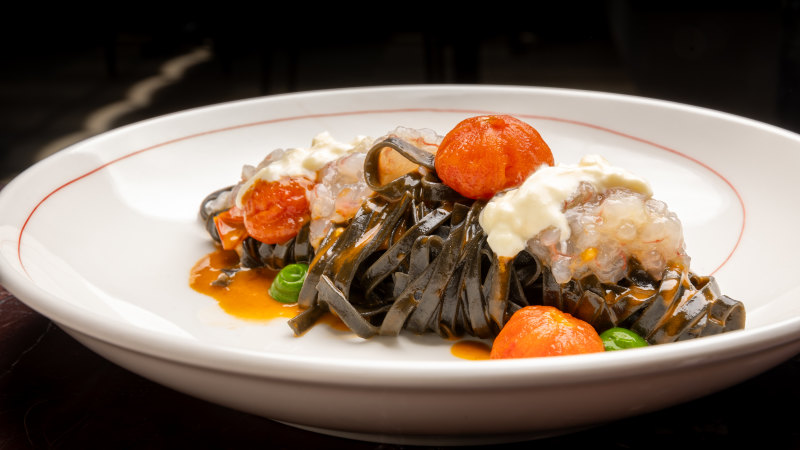All of the numbers associated with various alcoholic drinks can get confusing. There's proof and alcohol by volume (ABV), and then there's all different sizes and measurements of wine, beer, spirits ..
. it's a lot to keep track of. You've probably know that cocktails that sail past the 40% ABV mark are considered very strong, but let's talk about standard drink measurements.
These are the serving sizes for categories of alcohol including the aforementioned wine, beer, and spirits. So why do we have them, and what do they actually mean? The measurements for standard drinks vary greatly between different types, and that's because it's basically the amount of each beverage that contains 0.6 ounces of pure alcohol.
But why this amount? In a nutshell, it's because that's how much alcohol the body can process in an hour ...
more or less. There are a number of variables that can change that, such as a person's liver size. But the idea behind standard drink sizes isn't that they're an absolute — it's that they should be used as guidelines.
These measurements are an easy way to keep track of your alcohol consumption and gauge how much your body is capable of processing. Standardized drink measurements are a handy tool for measuring consumption First, let's do a quick refresher on what the standardized drink measurements are. The general guidelines state that one standard drink equals one 12-ounce beer (at 5%), 8 to 10 ounces of 7% malt liquor, 5 ounces of 12% wine, 3 to 4 ounces of .

















